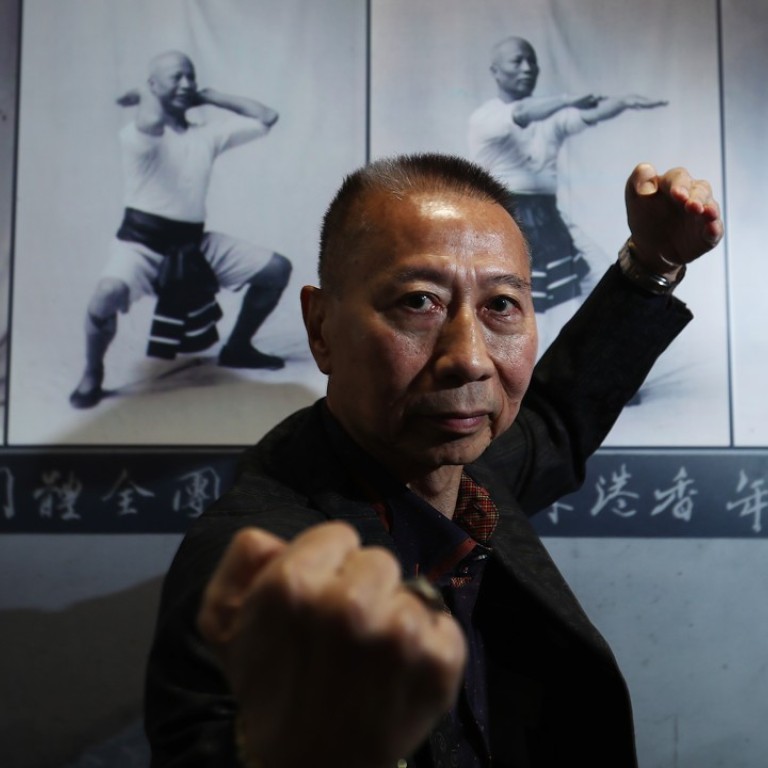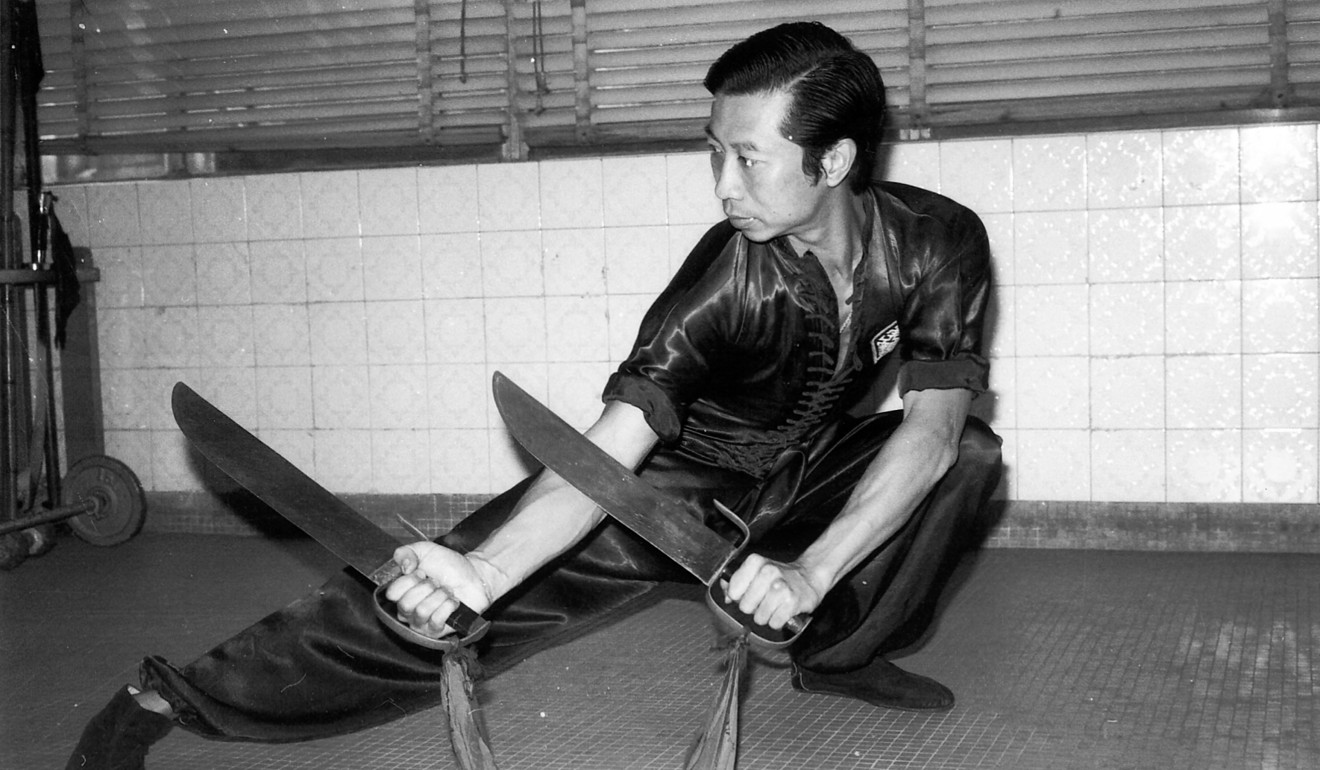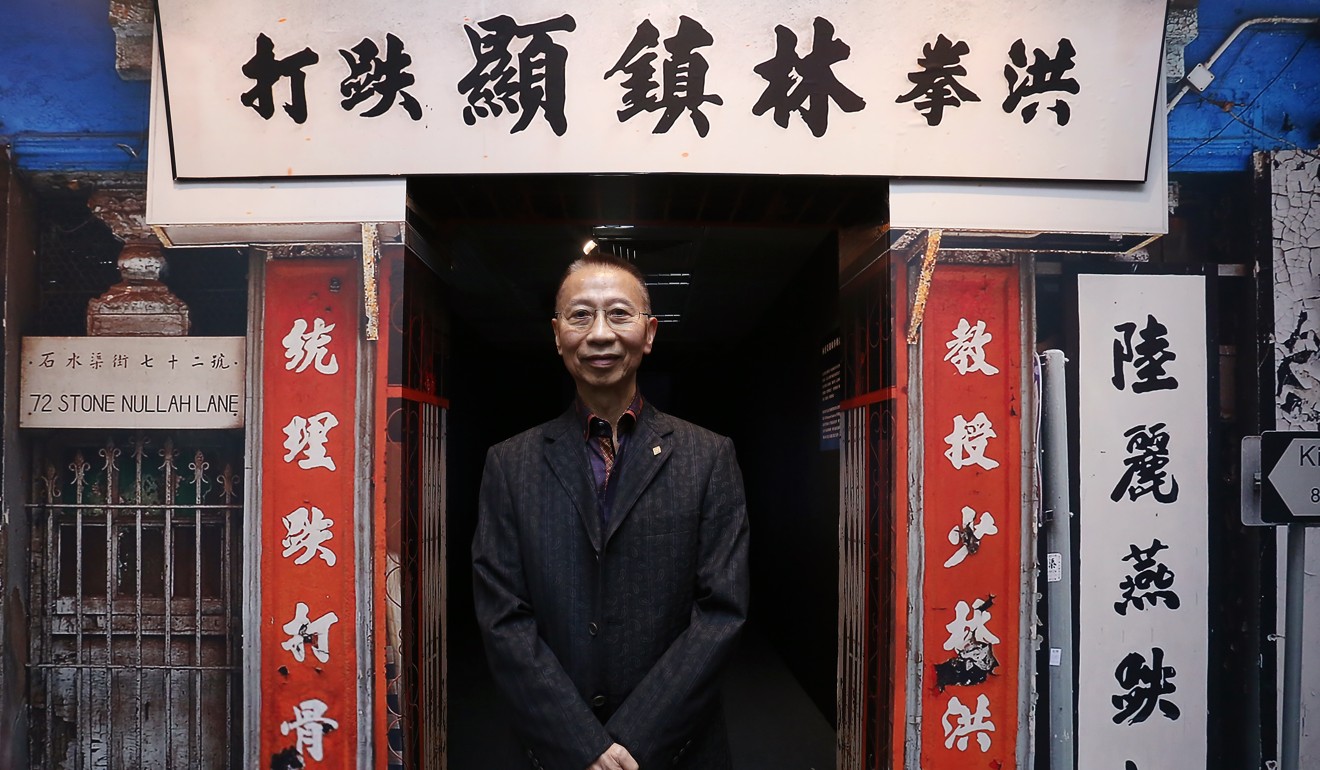
Grandson of pioneering Chinese martial arts master Lam Sai-wing has taken Hung Kuen to whole new audience
When he was just 12 years old, Lam would join his father every morning to teach Hung Kuen at martial arts institute in heart of Wan Chai
Lam Chun-Fai may be a third-generation Hung Kuen master, but he is the first in his family to expand the century-old Chinese martial art beyond Hong Kong and into the world.
Lam, 77, has spent more than 60 years teaching students of all ages since he was a teenager.
As the grandson of Lam Sai-wing, the pioneer of documenting Hung Kuen in the media during the early 20th century, the younger Lam was “forced” into the family business at the age of five.
“At first, I was reluctant to learn kung fu at all even though it was a popular sport among youngsters in the 1940s,” he said.
However, despite his initial disinterest, he soon fell into the habit of practising the art and became passionate about pursuing a career alongside his father, who was also a Hung Kuen master.
When he was just 12 years old, the younger Lam would join his father every morning to teach Hung Kuen at the Blue House, a martial arts institute founded by the Lam family in the early 20th century at the heart of Wan Chai.
“At times, my father would rather have me excel in Hung Kuen than in my academic studies,” he said. “It was an important family tradition he wanted me and my siblings to treasure and pass on.”

Lam has taught in his Hung Kuen institute in Hong Kong and in schools in different cities around the world such as the United States, Britain, Italy and the Czech Republic.
In 1994, he also became a guest lecturer at Harvard University to share his knowledge of Hung Kuen with international students.
When asked about the difference between teaching local and international students, Lam said that “international students are more keen to learn martial arts”.
In fact, he found international students respect Hung Kuen as something more than just a distinguished art form, but an eminent part of the Chinese culture and its heritage legacy.

Unfortunately, he said, Hung Kuen seems to be of a lesser priority to local students who are often bombarded by their hectic work life.
“A few years ago, one of my international students went beyond [the call of] duty to try out a new type of medicine on himself before handing it over to me when I was sick,” Lam said. “Local students nowadays probably won’t act likewise.”
To future students of Hung Kuen, Lam hopes that they can understand the gist of performing arts – respecting one’s elders and self-cultivation.
“Hung Kuen is not about violence, but patience and respect fostered through many years of training.
“My father has done so much teaching in Hong Kong at the glorious height of kung fu,” Lam said. “Although [that era] has passed, I am hopeful that my international students will continue to practise Hung Kuen worldwide.”
Lam has several thousands of students and his passion for Hung Kuen has inspired many of his students to establish their own martial arts studios both locally and globally.
